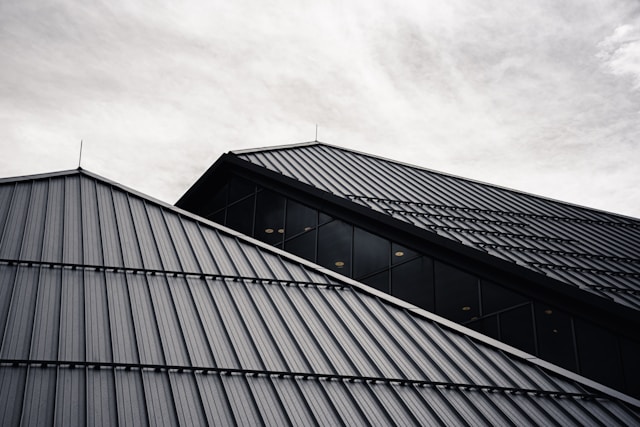Key Takeaways:
- New technologies are revolutionizing roof safety and energy efficiency.
- The integration of eco-friendly practices is shaping the future of roofing.
- Automated and intelligent systems are becoming increasingly crucial in modern roofing.
- Modern roofing must align with regulatory standards while providing cost benefits.
Table of Contents:
- The Evolution of Roofing Materials
- Revolutionary Roofing Technologies
- Improving Safety with Advanced Roofing Systems
- Enhancing Efficiency Through Automation
- Eco-Friendly Roofing Solutions
- The Cost-Benefit Analysis of Modern Roofing Systems
The Evolution of Roofing Materials
The architecture of the roofs above our heads has dramatically shifted over the centuries. Once made of fragile and transient materials, they have been replaced with cutting-edge composites and high-tech solutions. These new materials hold up better against the elements and improve energy efficiency and aesthetic appeal. They come with the bonus of supporting advanced safety measures, like sensors that alert homeowners to potential hazards like excess snow scale build-up. The introduction of sustainable and more innovative materials indicates an industry that’s not just evolving but truly transforming in response to consumer demand and the urgent need for environmental conservation.
Revolutionary Roofing Technologies
Recent innovations have ushered in a golden age of eco-friendly, energy-efficient roofing alternatives. Among these improvements are photovoltaic solar shingles, which integrate easily with ordinary roofing while providing power. As these technologies grow more affordable, we expect widespread adoption, which could significantly reduce our reliance on nonrenewable energy sources. Home automation systems have also paved the way for intelligent roofs, which work with other connected home equipment to provide unparalleled control over energy consumption, improving household energy management.
Improving Safety with Advanced Roofing Systems
Roof safety is critical, especially given the potential for catastrophic damage from extreme weather occurrences. Remote sensing technology, specifically the use of crewless aerial vehicles (UAVs) or drones and sophisticated AI algorithms, is revolutionizing roof inspections and maintenance. These technologies enable early detection of issues like water damage or structural weaknesses without risking human life.
Enhancing Efficiency Through Automation
The digitization of the construction industry, including roofing, has increased the use of machine learning and robotics. These tools have revolutionized roofing materials’ application, monitoring, and maintenance. Automated cutting machines produce shingles with unprecedented speed, accuracy, and minimal waste. Robots are being developed to lay shingles, allowing for faster and safer roofing processes. Although a considerable investment initially, these automated systems promise to reduce costs in the long run by speeding up installation times and minimizing human error.
Eco-Friendly Roofing Solutions
The roofing industry’s pivot toward sustainability is evident in the increasing popularity of green roofs and recycled materials. Green roofs, which may feature garden spaces or reflective materials, significantly lower urban air temperatures, mitigating the ‘heat island’ effect prevalent in densely populated areas. Modern roofing products are achieving an unprecedented ecological footprint reduction by emphasizing materials like rubber, plastic, and fiberglass, which are significantly lighter and can be made from recycled content. Extensive research is being conducted to explore and quantify the environmental benefits of these materials, paving the way for broader legislative support and adoption.
The Cost-Benefit Analysis of Modern Roofing Systems
Technology-enhanced roofs present an intriguing value proposition in an era where homeowners and builders are vigilant about costs. They often come with higher upfront costs, but the long-term energy efficiency and durability savings can outweigh these initial expenditures. The amortized cost of a high-tech roof is lower than that of a traditional roof once considerations like insulation efficiency and longevity are factored in. Government and state incentives often further decrease the effective cost of adopting eco-friendly and energy-efficient roofing solutions. The financial logic behind these modern roofing systems lies in their conformity to emerging trends and ability to meet rigorous environmental and safety standards, thus revealing themselves as intelligent financial choices over time.
